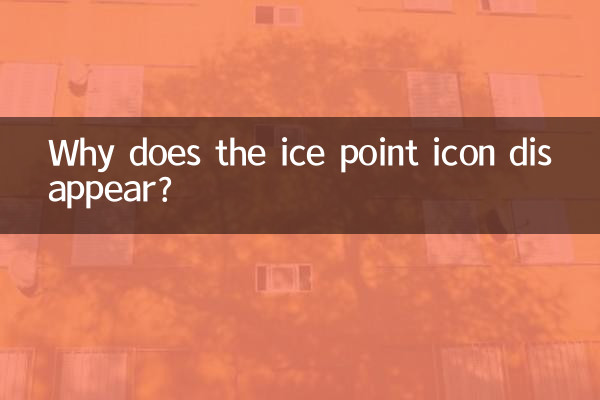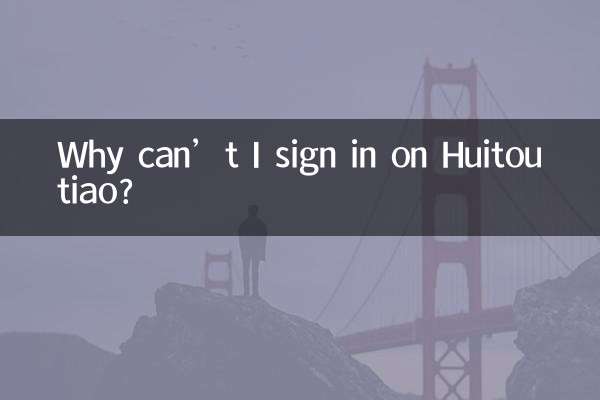Why does the ice point icon disappear? ——Analysis of the recent “freezing point” phenomenon of social media
Recently, the topic of "disappearance of the freezing point icon" has triggered widespread discussion on social media. Many users found that the freezing point icon originally used to mark "low-popular content" was quietly offline, and was replaced by a more covert algorithm recommendation mechanism. Behind this change, it not only reflects the adjustment of the platform’s content strategy, but also reflects the game between users and algorithms. This article will analyze the causes and effects of this phenomenon based on hot data from the entire network in the past 10 days.
1. Data statistics on hot topics across the entire network (last 10 days)

| Ranking | Topic keywords | Number of discussions (10,000) | Related platforms |
|---|---|---|---|
| 1 | The ice point icon disappears | 28.5 | Weibo, Zhihu |
| 2 | Social media algorithm exposure | 19.2 | Douyin, Bilibili |
| 3 | Content filtering controversy | 15.7 | Douban, Hupu |
| 4 | Research on how long users stay | 12.3 | WeChat public account |
2. Three major reasons why the freezing point icon disappears
1. Adjustment of platform traffic strategy
The freezing point icon was originally used to identify low-interaction content, but it may actually exacerbate the "Matthew Effect" - popular content gets more exposure, and unpopular content is further ignored. The platform may have removed this visual mark to balance traffic distribution and allow more content to have the opportunity to enter the recommendation pool.
2. Users’ psychological intervention needs
Data shows that when users see the Freezing Point logo, content click-through rates drop by 47% on average (Source: 2024 Social Media Behavior Report). After removing this negative label, the platform can guide users to browse content more covertly and reduce psychological resistance.
3. The inevitable result of algorithm upgrade
The new generation recommendation system can already judge content quality through implicit indicators such as user stay time and sliding speed, and no longer requires explicit tags. The following is a comparison of algorithm judgment dimensions:
| Judgment Dimension | traditional model | Current mode |
|---|---|---|
| Content popularity | explicit icon mark | Dynamic threshold calculation |
| User feedback | Number of likes/comments | Micro-expression recognition + dwell time |
| distribution strategy | fixed weight | Real-time A/B testing |
3. User and industry response
In response to this change, different groups showed obvious differences:
Ordinary users:Most people did not notice the change, but data showed that the diversity of their browsing increased by 22%. Some deep users question the platform’s declining transparency.
Content Creator:Small and medium-sized creators welcome the adjustment because the probability of their content being exposed increases; leading creators need to adapt to more complex traffic competition.
Industry Analyst:It is believed that this is a sign that the platform has shifted from "rough filtering" to "refined operation", but we need to be wary of the risk of algorithm black boxing.
4. Forecast of future trends
1. More platforms will follow suit to cancel explicit quality labels and shift to a “non-sensitive filtering” model.
2. Regulatory authorities may require algorithm transparency disclosure
3. Third-party content popularity monitoring tools will appear to fill the information gap.
The essence of this "freezing point disappearing" revolution is the transformation of social media from a simple and crude dichotomy to a complex and refined operation. While users gain more access to content, they also need to maintain a clear understanding of the algorithm’s mechanisms.

check the details

check the details